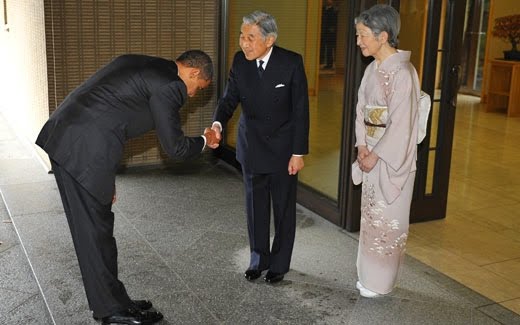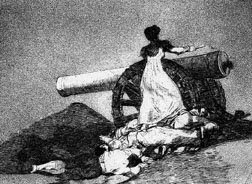
Warren couldn’t attend school until the cotton fields were picked in late October. In the fall, I’d work in the cotton fields.” I’d use the money to buy shoes for the winter. I also sold the Pittsburgh Courier for 10 cents a copy in Gurley, and then I’d walk barefoot five miles to Paint Rock and sell the rest.

I’d catch crawfish and sell the tails for bait. “In the summer, I’d get up early and pick blackberries and sell them to the white folks for 10 to 15 cents a gallon. He was forced to start working at a very young age. Warren was only 2 years old when his father died in 1926. Because of his diligence and convincing research, 50 years after the incident at Freeman Field, the Air Force removed the reprimands from the permanent military records of the arrested officers. He was selected as navigator on the first C-141 to fly into North Vietnam to return the first group of POWs to Clark Air Force Base in the Philippines. With more than 12,000 hours of flying and service in three wars, Warren’s extraordinary flying career reached a pinnacle in 1973. and Rosa Parks refused to obey the busing laws in Montgomery, Ala., the 477th BG was the first group to challenge a major department of the U.S. As an officer in the 477th Bombardment Group, he was one of the first 19 arrested during the “Freeman Field Mutiny” of 1945 162 black officers were arrested for demanding lawful entry into the white officer’s club at Freeman Field, Ind. “The thought of ever being a part of that program never even touched my mind.”ĭetermined to overcome limited resources and racial discrimination, Warren went on to become one of the venerable Tuskegee Airmen.

“I was so proud it brought tears to my eyes,” Warren recalled. Debow was one of the first five black cadets to graduate at Tuskegee Army Air Field and earn his silver wings. An article titled “I Got Wings,” written by Second Lieutenant Charles H. Warren, a 19-year-old underprivileged young black man from Gurly, Ala., read the August issue of American Magazine. James Warren poses in a studio in Sacramento, Calif., for the cover story of Senior Magazine, in November 2000.


 0 kommentar(er)
0 kommentar(er)
